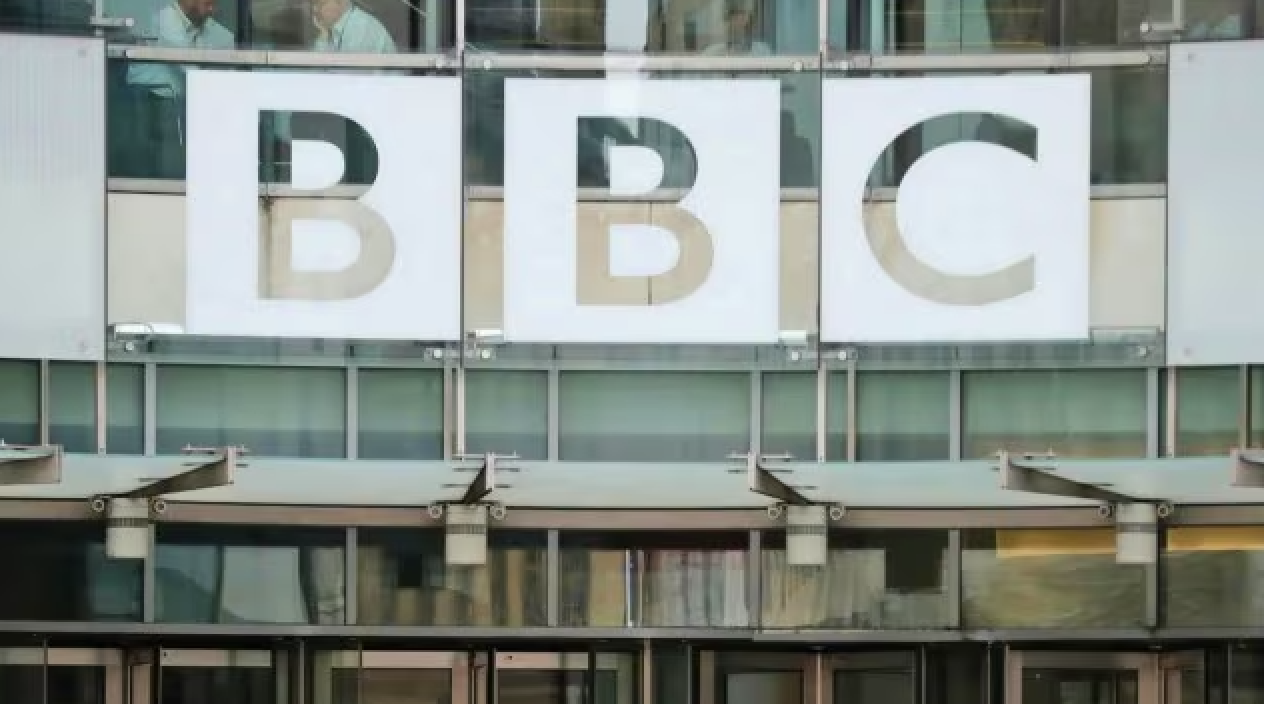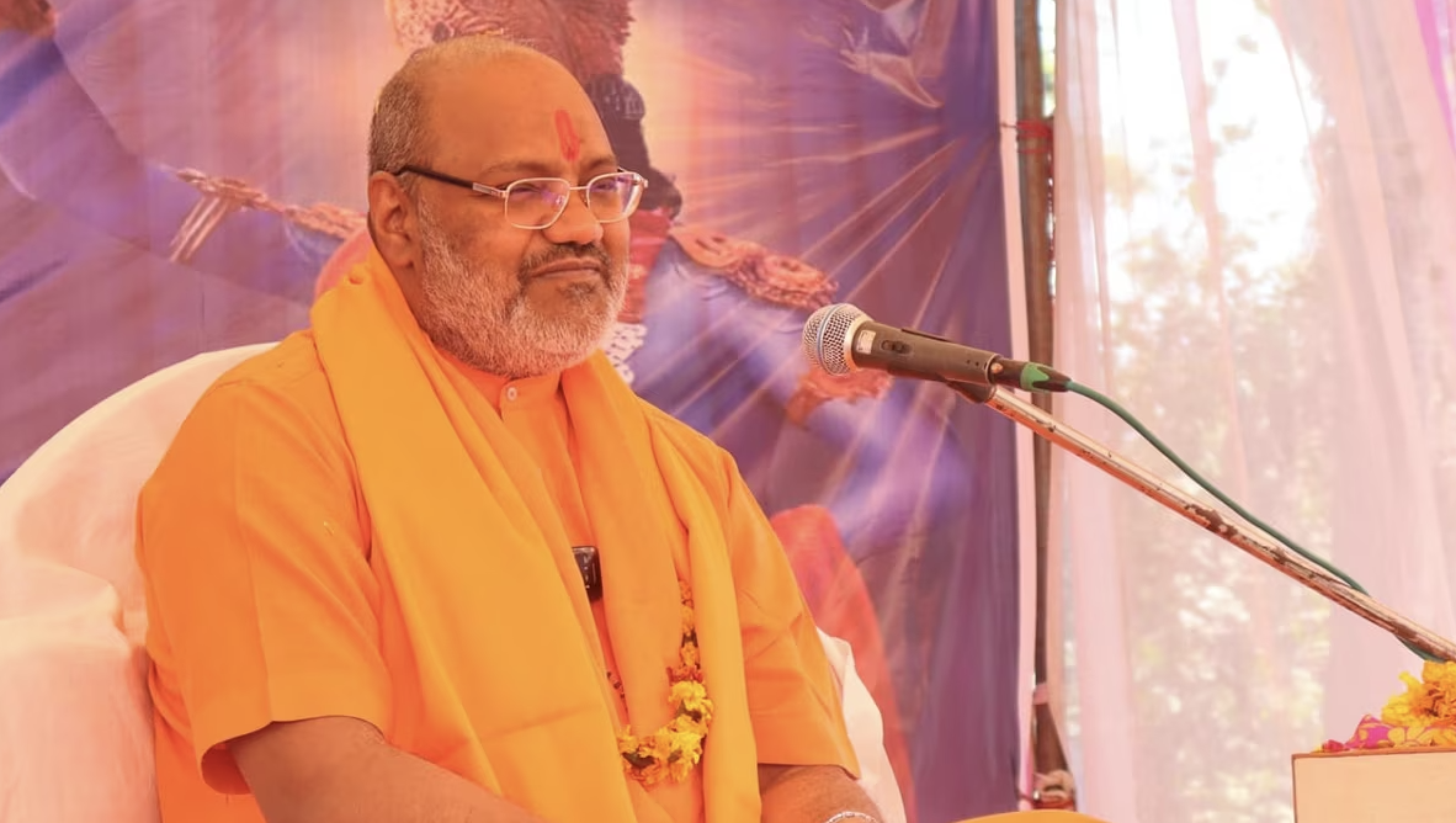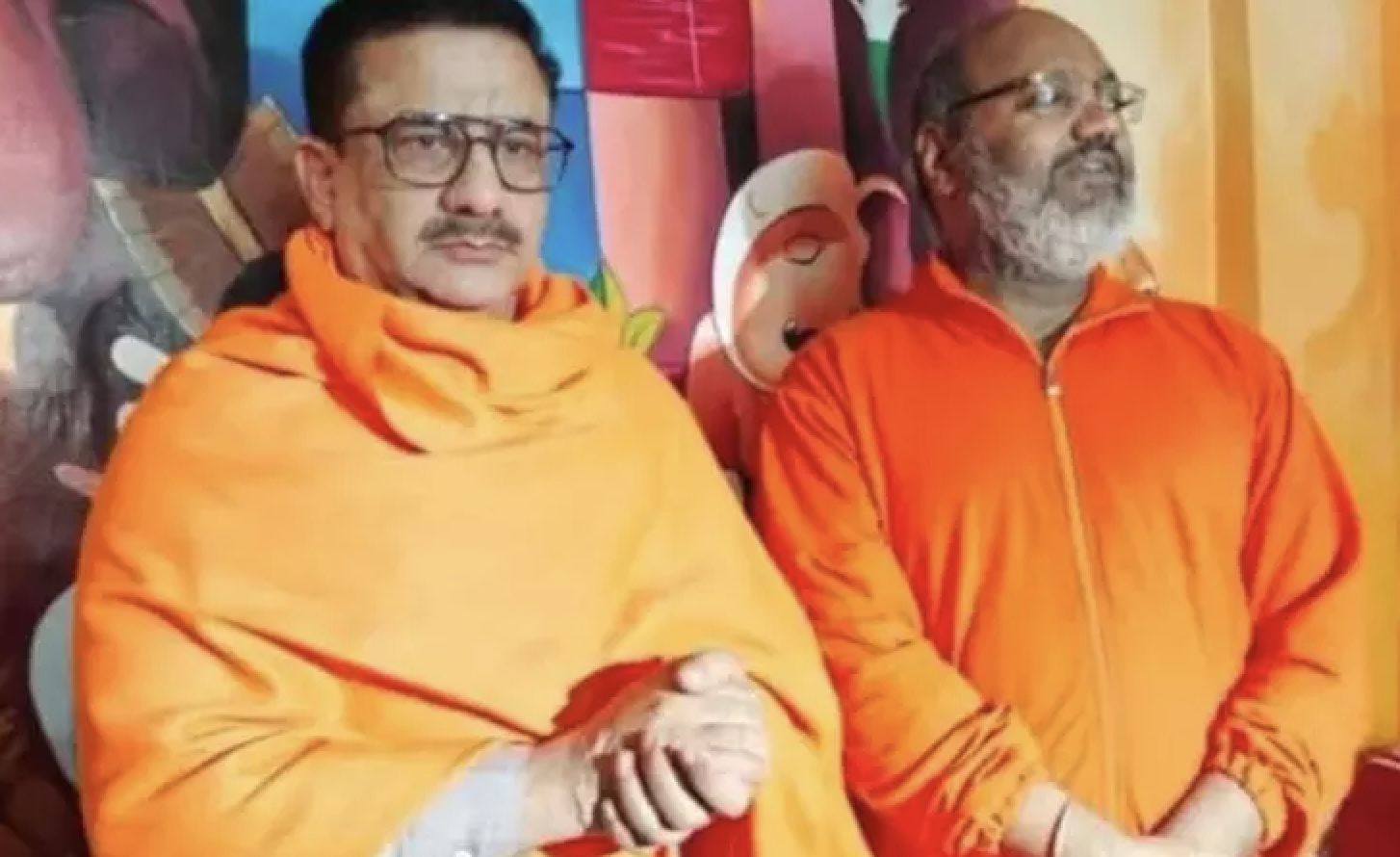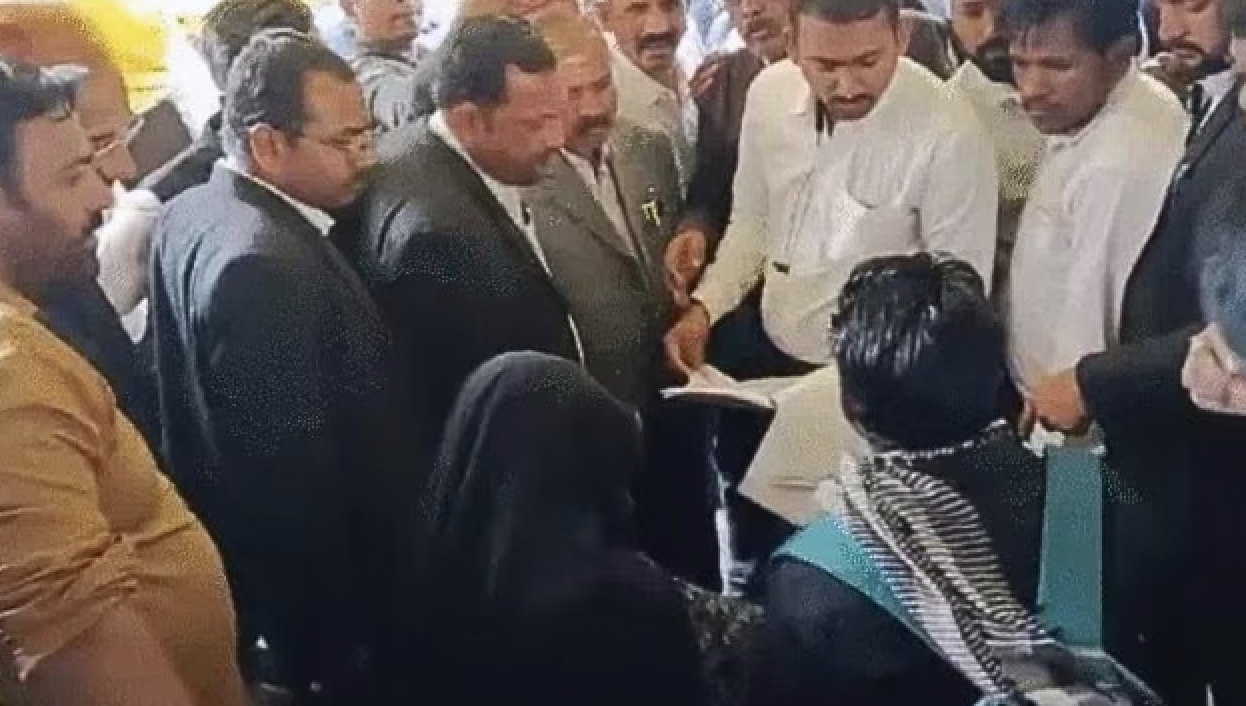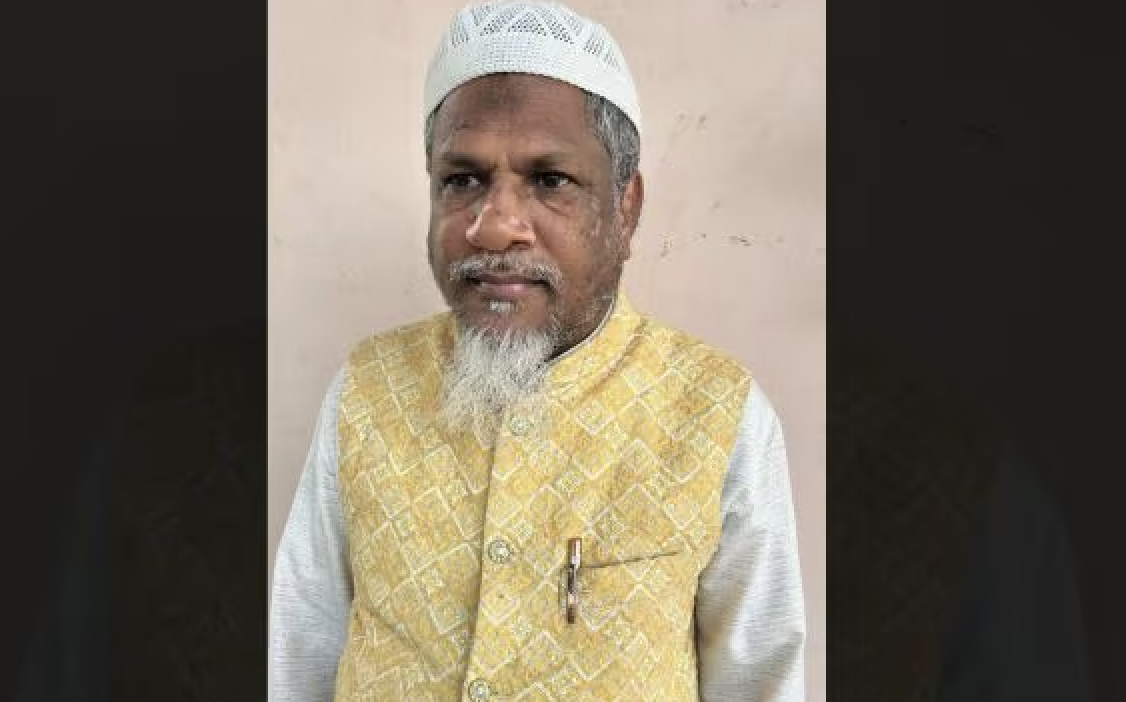
By MNS Qadri / India Tommorrow
AHMEDABAD—February 27, 2022, would see the completion of 20 years to the large-scale violence witnessed in Gujarat after the torching of four railway coaches in the Sabarmati Express at the Godhra railway station in eastern Gujarat on the morning of February 27, 2002.
On February 28 (Monday) evening, the Ahmedabad Civil Society (ACS)has organised a candlelight vigil for justice, peace and communal harmony near the Vallabh Sadan on the busy Ashram Road in central Ahmedabad. “The event has police permission and we have organised this to remember the victims of 2002,” ACS says adding, “This is an attempt to grieve, amend and love.” The event 1.15 hours long programme will have placards, poems and songs.
According to official figures, as many as 1,044 people were killed in the sustained deadly violence, which continued for months. About 223 people were reported missing, and 2,500 were reported injured. Of the dead, 790 were Muslims and 254 Hindus. Property worth crores of rupees owned mainly by the Muslim community was destroyed in the ensuing violence.
However, the Concerned Citizens Tribunal Report estimated that as many as 1,926 might have been killed while other sources estimated death tolls over 2,000.
Though officially classified as a communalist riot, the events of 2002 have been described as a “pogrom” – an organised massacre of a particular ethnic group by many well known and renowned scholars. Several of them have also alleged that the attacks had been planned, and the attack on the train was a “staged trigger” for what was actually premeditated violence.
Leading international scholars and professors have noted that the events in 2002 in Gujarat had met the “legal definition of genocide,” or referred to them as state terrorism or ethnic cleansing.
Noted scholars, professors and students of the Hindu-Muslim riots in India, including Prof Paul Richard Brass, professor emeritus of political science and international relations at the Henry M. Jackson School of International Studies, University of Washington and several others have said this.
In 2003, The Concerned Citizens Tribunal concluded that the fire had been an accident. Several other independent commentators have also concluded that the fire itself was almost certainly an accident, saying that the initial cause of the conflagration has never been conclusively determined.
Historian Ainslie Thomas Embree stated that the official story of the attack on the train (that it was organised and carried out by people under orders from Pakistan) was entirely baseless.
It was on the morning of February 27, 2002, that the Sabarmati Express, returning from Ayodhya in Uttar Pradesh to Ahmedabad, stopped near the Godhra railway station. The passengers were Hindu pilgrims returning from Ayodhya. An argument erupted between the train passengers and the vendors on the railway platform. The argument became violent, and under uncertain circumstances, four train coaches caught fire with many people trapped inside. In the resulting conflagration, 59 people were burned to death.
After large scale violence in the initial days, there was a further outbreak of sustained violence in Ahmedabad and several other parts of Gujarat for more than three months to one year against the Muslim community.
Many brutal killings and rapes of Muslims were reported, and widespread looting and destruction of property belonging to Muslims was also reported.
Narendra Modi, then Chief Minister of Gujarat and now the Prime Minister of India, was accused of condoning the violence, as were the Gujarat police and Gujarat government officials who allegedly directed the rioters and gave lists of Muslim-owned properties to them. The then Prime Minister Atal Bihari Vajpayee even admonished Modi publicly and asked him to follow his “Raj-Dharma.”
However, in 2012, the SIT Special Investigation Team (SIT) appointed by the Supreme Court of India issued a clean chit to Modi and cleared him of complicity in the violence. Much to the anger and disbelief of the Muslim community, the SIT also rejected claims that the Gujarat Government had not done enough to prevent the riots.
But following serious allegations in mid-2013, claiming that the SIT had suppressed evidence, a court in December 2013 upheld the earlier SIT report and rejected a petition seeking Modi’s prosecution. Also, in April 2014, the Supreme Court expressed satisfaction over the SIT’s investigations in nine cases related to the violence and rejected a plea contesting the SIT report as “baseless”.
The Gujarat government set up the then Gujarat High Court judge K. G. Shah as a one-person commission to look into the mass violence in Gujarat. But the government was forced to add retired Supreme Court judge G.T. Nanavati to make it a two-person commission following anger and outrage among families of victims and in the media over Shah’s alleged closeness to Modi.
After 24 extensions, the commission submitted its final report on November 18, 2014, but the findings of the commission were called into question by a video recording released by Tehelka magazine, which showed Arvind Pandya, counsel for the Gujarat government, stating that the findings of the Shah-Nanavati commission would support the view presented by the Bharatiya Janata Party (BJP), as Shah was “their man” and Nanavati could be bribed.
But in 2008, Justice Shah passed away and was replaced by Justice Akshay Mehta, another retired high court judge. But this was viewed as a controversial move as Mehta was the judge who allowed Babu Bajrangi, a prime suspect in the Naroda Patiya massacre, to be released on bail.
After six years of going over the details, the Nanavati-Mehta Commission submitted its preliminary report. The report concluded that the fire in the Sabarmati Express was an act of arson committed by a mob of locals numbering over 1,000 to 2,000.
Separately, the Union Government led by the Indian National Congress party in 2005 also set up a committee to probe the incident, headed up by retired Supreme Court judge Umesh Chandra Banerjee. The committee concluded that the fire had begun inside the train and was most likely accidental. However, the Gujarat High Court ruled in 2006 that the matter was outside the jurisdiction of the Union Government and that the committee was therefore unconstitutional.
On the other side, in February 2011, the trial court convicted 31 people. It acquitted 63 others based on the murder and conspiracy provisions of the Indian Penal Code, saying the incident was a “pre-planned conspiracy.” Of those convicted, 11 were sentenced to death, and the other 20 to life in prison. Maulvi Umarji, presented by the Nanavati-Shah commission as the prime conspirator, was acquitted, and 62 others for lack of evidence.
Separately, a report prepared by a fact-finding mission of the Editors Guild of India tries to outline as to what happened on that fateful day.
“The Sabarmati Express, running some hours behind schedule, was torched in Godhra just before 8 a.m. on February 27. “Local reporters soon reached the spot and filed the news. Aaj Tak was probably the first news channel to flash the breaking news. Zee TV’s local cameraman in Godhra rushed his footage to Ahmedabad. This was aired soon after 2 p.m. Others, including Doordarshan, followed, deputing camera crew from Ahmedabad, Baroda and Delhi,” the report notes.
According to the report, an anonymous email message was widely circulated attributing what purported to be an eyewitness account obtained by two local correspondents, Anil and Neelam Soni, whose designations and telephone numbers were given. “This spoke of an altercation at the station between karsevaks(they can be better called miscreants because the word karsevak carries an aura of respect around it), who alighted from the train for tea and snacks, and local hawkers of the minority community.”
The report further notes that there was more than one version of what followed. The “molestation” and “abduction” of a Muslim girl is alleged. The train began moving out of the station when incensed hawkers pulled the alarm chain to stop it within a few hundred metres, beside the Godhra Railway outer signal cabin adjacent to the Ghanchi Busti to which the vendors belong. The train was mobbed and stoned and Coach No. S-6 was set on fire.
“When exactly this email message was actually sent is not clear. However, on being queried, the Sonis denied having filed the story. They disclaimed it as a fabrication. Nevertheless, others purportedly gave out somewhat similar versions, embellished by reports of earlier misbehaviour along the entire route as reported by a Faizabad newspaper, Jan Morcha,” the report said.
The report further notes, “First official reports of the Godhra incident spoke of a terrorist plot with cross-border connivance. The Railway Police has conducted preliminary investigations and the one-man Commission of Inquiry appointed by the Gujarat Government is now seized of this matter and its fallout. The facts are yet to be established.”
Two points need to be kept in mind about the Godhra incident. As some people were known to have escaped from the ill-fated S-6 coach, the number that had perished was officially assumed to be relatively moderate until quite some hours later when the charred remains of all those trapped inside were finally extricated.
The first press release issued from Gandhinagar on February 27 quoted the Minister of State for Home Affairs, Gordhan Bhai Zadaphia as stating that “as per preliminary report, six people were killed, 38 injured and out of them 18 were discharged from the local hospital after necessary treatment. He said that the number of deaths could be on the higher side also”.
The magnitude of the horror only unfolded several hours after the tragedy. The evening TV bulletins and the next day’s papers told the grim story. Even then, most national and possibly several regional channels remained fascinated by the presentation and analysis of the Union Budget through much of February 28.
“Crawlers at the bottom of TV screens and occasional news updates developed the Gujarat story,” the report concluded.
This article first appeared on indiatomorrow.net


